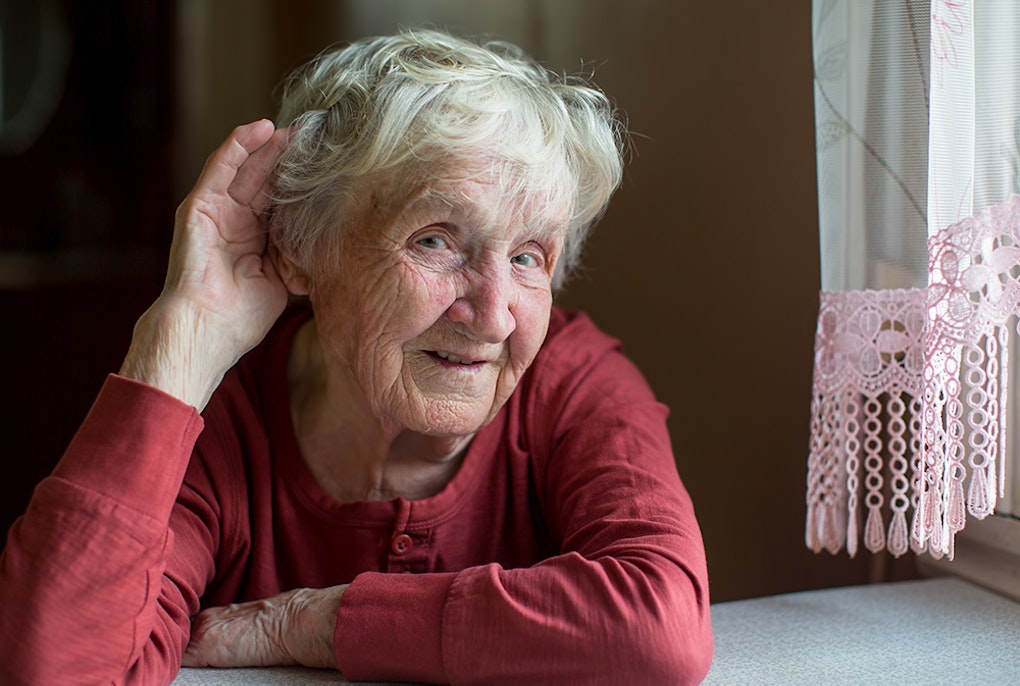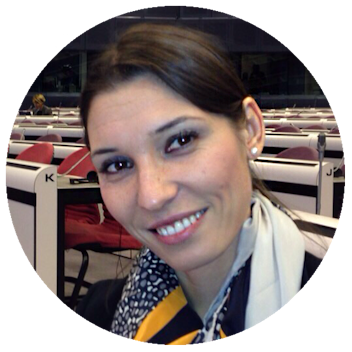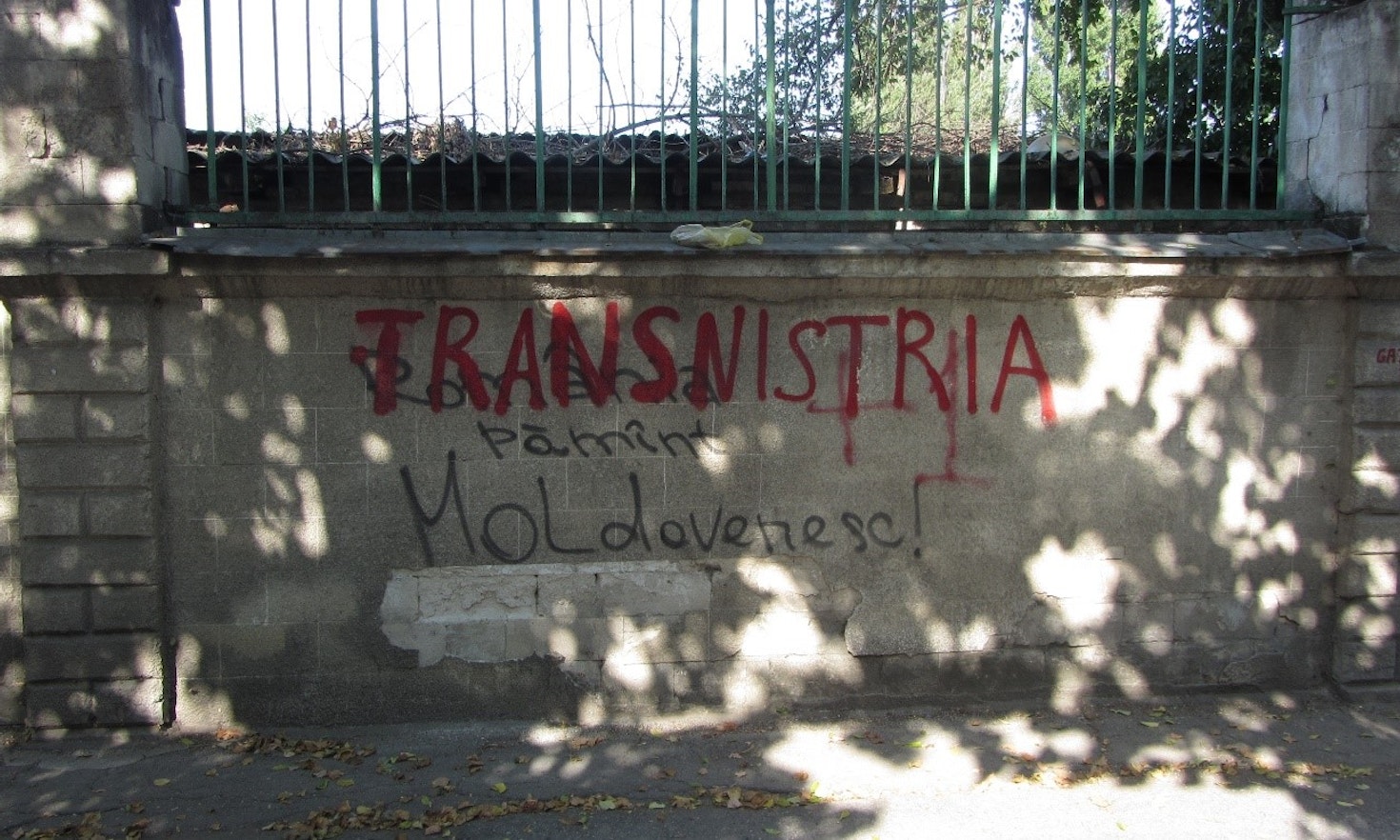
Advancing European Disability Law
 Delia Ferri
Delia Ferri
„[T]he problems of Moldovan history are the problems of Eastern European history writ small”, states Rebecca Haynes. What is meant by this, and which factors or developments speak for this argument, are the subject of this post.
Since the beginning of Russia’s war against Ukraine on 24 February 2022, Moldova, positioned in-between the West and the rest, is proving to be unexpectedly relevant to its neighbors, particularly in the West. Moldova has attracted interest as a destination for refugees and as another possible aim for the aggressor, as well as for its potential to become an(other) EU-candidate. The candidate status was granted to Moldova on 23 June 2022. However, Moldova continues to have little presence in media and academic discourse - wrongly though: Many and complex are the factors that characterize the country and its people. Although contested, they offer valuable insights that help to understand the challenges and conflicts in the country and in Eastern Europe at large.
The streak of land is small – about the size of Belgium with the number of inhabitants not even that of Berlin: 33.850km² and about 2,6 million inhabitants. However, Moldova is highly diverse in terms of ethnicity, language, culture and home to many minority groups. The five most relevant are Russians, Gagauz, Bulgarians, Ukrainians, and Roma – each with their own language and traditions. Moldovan-Romanians, the majority group, and other persons who belong to one of the many minority groups often possess more than one passport, including those granted by their kin-states.
With the territory of Transnistria not only being dominated by a Russian-speaking population but also under the influence and (military) presence of Russia, Russian-speakers have a special status and a quasi-state of their own.
In the Taraclia region, Bulgarian mother-tongue education is in place.
The Roma are another minority living in the Republic of Moldova. The city of Soroca in north-eastern Moldova is particularly known for a compact settlement called the Roma Hill, characterized by its lavish but often uninhabited mansions.
Many Moldovans are bilingual and can use Romanian and Russian on a close to equal level.
Minorities in the Republic of Moldova, according to the 2014 census (= 21,8% of total population)
| Romanians | Ukrainians | Gagauz | Russians | Bulgarians | Roma | others |
| 7% | 6,6% | 4,6% | 4,1% | 1,9% | 0,3% | 0,5% |
Gagauz Yeri is an autonomous region: the Law on the Special Legal Status of Gagauzia (Special Status Law), No. 344-XIII of 23 December 1994, sets out an administrative structure which includes legislature, an executive branch headed by a Governor (the Bashkhan) and specific autonomous competencies for the region. Gagauzia is home to 155,646 people, in 3 cities and 23 communes. The autonomy has three official languages – Gagauz, Moldovan and Russian (art. 3.1. of the Special Status Law), and it has an agrarian economy, based mostly on viticulture. Main export products include wine, sunflower oil, non-alcoholic beverages, wool, leather and textiles, and the region exports 42% of its production to the EU.
The Gagauz language is Turkic in origin although it was traditionally written in Cyrillic letters. Since 1989, a Latin script has been in place. This language is co-official in Gagauzia, while correspondence with the Republic of Moldova’s public authorities, enterprises, organisations and institutions outside Gagauzia is Moldovan and Russian (Special Status Law in art. 3. 2.). Russian, however, proves to be the lingua franca of the people living in Gagauzia in Moldova’s south.
Diversity is not limited to population: With the term “culture” deriving from “cultivating” the soil, Moldova, formerly known as the vineyard of the Soviet Union, has an Eden-like vegetation. Rural tourism in recent times has developed, with foreigners and Moldovans appreciating various offers of traditional heritage and eco-tourism in once overlooked places.
Moldova is naturally divided by its geography with the river Nistru/Dnister separating Moldova from its renegade province of Transnistria (officially: the Pridnestrovian Moldavian Republic). Since a brief war for independence in 1992, Russia has supported the de facto mini state, but – until now – had not recognized it as a separate state either. However, Transnistria has been able to stay in contact with the EU, especially economically. Much is the same as on the Western side of the Nistru – with the difference that the language here is Russian. Despite this, Transnistria is not monolithic and subservient to Moscow. While some factions continue to staunchly support Moscow, others are averse. After both Moldova’s and Ukraine’s successful bids for EU candidacy status, Transnistria is now wedged between two EU candidate countries, stuck in the middle.
Transnistria today gives the impression of a place where time stands still. Some peculiarities have a tragicomic touch - the region’s National Day falls on 2 September and is marked by an annual military parade which takes place on the main street of the otherwise rather unremarkable capital Tiraspol. Furthermore, the currency, the Transnistrian Ruble, that like the passport only has validity in Transnistria.
Furthermore, the surprise success against Real Madrid of the Sheriff Tiraspol soccer club has attracted quite a bit of attention. The fact that this success is based on oligarchic networks sums up Transnistria’s dilemma succinctly.
Some of the features that persist in Transnistria also prevail in the rest of Moldova: colourfully stocked markets, linguistic and cultural diversity – and a really specific architectural style: socialist realism. On the way from the airport to Moldova’s capital, you pass the "Gates of Chișinău", stair-like apartment blocks from the socialist era that line the street and which are home to many. This brutal style of architecture is all over the place – often alongside more decorative elements of the Soviet era, such as mosaics, fountains, and statues.
When it comes to music, Moldova offers a mix of styles: The folkore-punk group Zdob şi Zdub with the onomatopoetic name reminiscent of a drumbeat, mixes traditional instruments, beats and imageries with contemporary music. The group invented Hardcore Moldovenesc, as their first album in 1996 was called and testifies. Popular music from the seeming periphery is ready to take the stage again, as Zdob şi Zdub proved at the European Song Contest in 2022: together with the Advahov Brothers, the band produced Trenuleţul, a catchy tune with an even catchier message, regarding the Romanian-Moldovan relations:
From one country to another / […] What's the country? Where does it begin? / Old country, new country, / Seems like one, but also two. / Both together and apart / Seems like two, but also one.
The tune gained a vast audience and a respectable seventh rank in the competition. This musical journey from Chișinău to Bucharest, which by the way is a 12hour-journey, is a political message. Yet, it is delivered as a seemingly harmless piece of music rather than a protest song. Subtle statements like these may have an effect in the post-socialist state that is still weaned on many civil society activities.
As shown, Moldova is more than a former Soviet sphere, and more than just the periphery of Eastern Europe. It is a place, where Europe's values are put to the test – now more than ever. It is also the country in which the second meeting of the European Political Community (EPC) will take place on 1st June 2023. The meeting in Chișinău will aim at fostering peace and defending Europe’s common interests, confirms the President of the European Council Charles Michel tweet from 12 January 2023. Earlier the same day, Maia Sandu announced on Twitter that invitations for the 2nd Summit of the European Political Community (ECP) had been sent out and that Chișinău will host 47 heads of states, governments, and EU institutions. The ECP is a new intergovernmental platform, formed of all 27 EU member states as well as states that wish to join the EU and other strategic partners that include the UK, Ukraine and Turkey. The ECP first met in Prague on 6 October 2022. By design, the EPC has no secretariat, financial resources or staff, and EPC agendas are set by a host country that alternates between EU and non-EU members. On 1st June 2023, it will be Moldova's turn. Hopes are high for the June meeting to not become a talking shop devoid of tangible results. Because what happens at the gates of the EU affects all of us – as evidenced since 24 February 2022. That is why Moldova matters.

This content is licensed under a Creative Commons Attribution 4.0 International license.